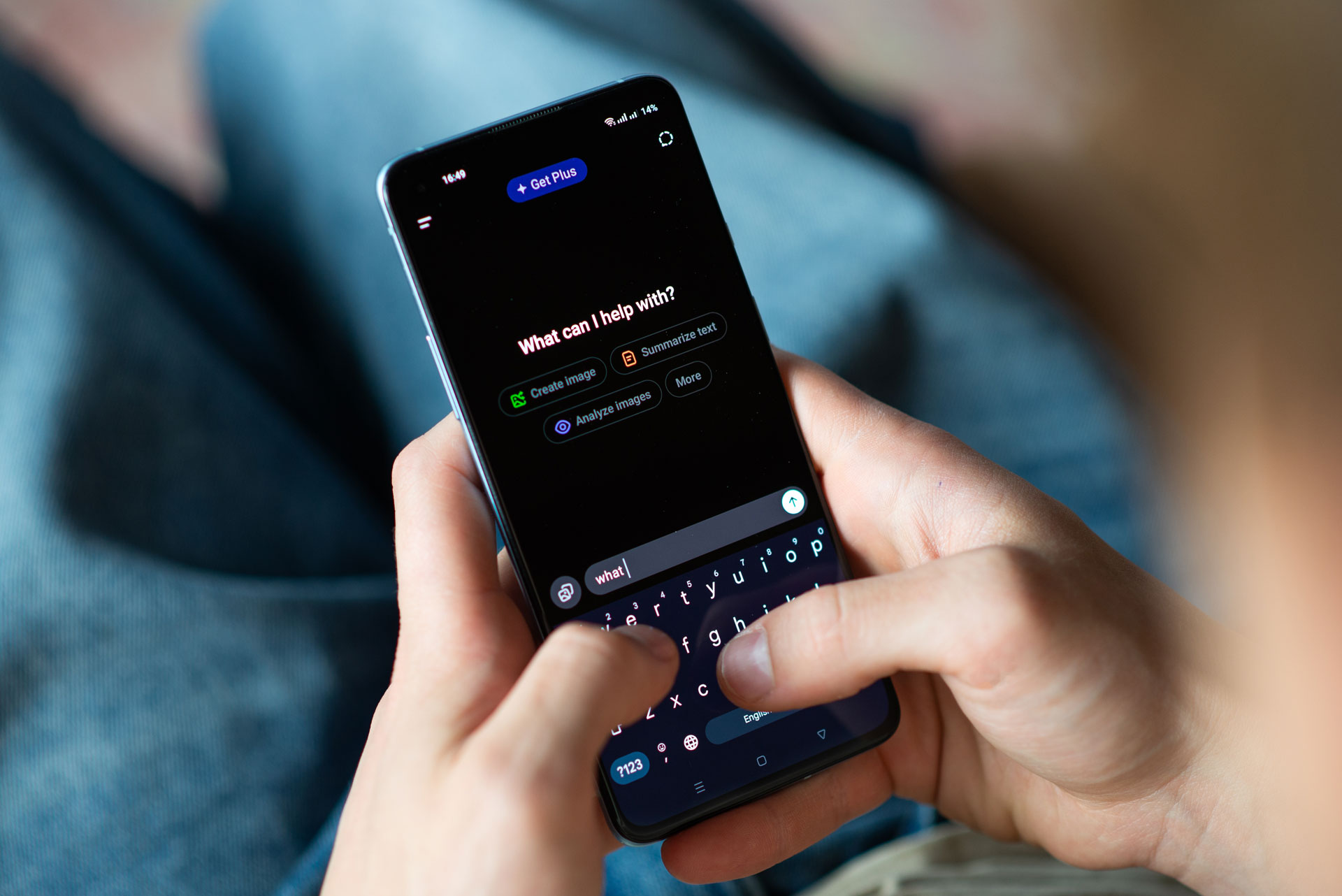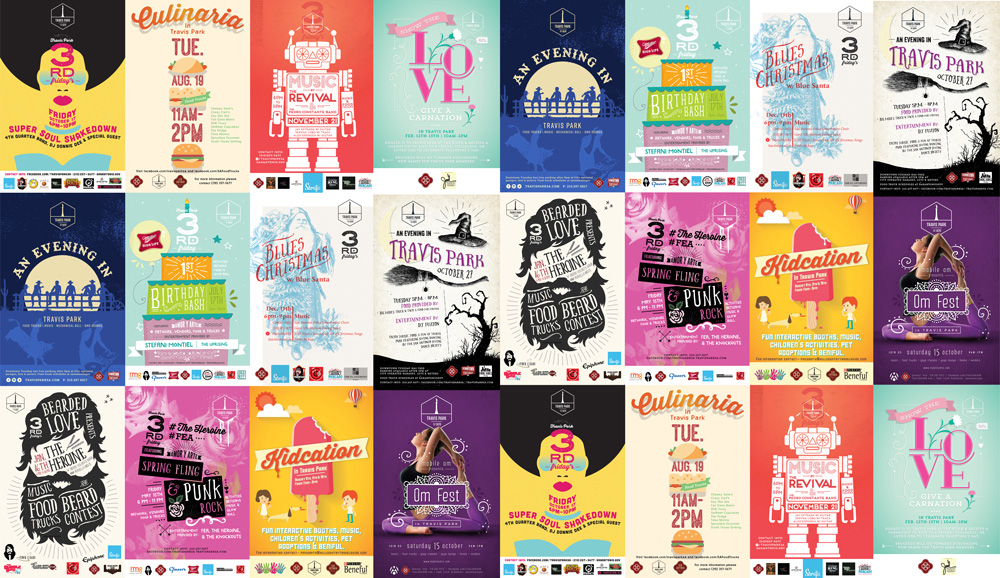Ideas Post
Balancing Creativity and Client Expectations: Strategies for Graphic Designers
Balancing creativity and client expectations in graphic design with Tribu’s expert strategies.

In the dynamic world of graphic design, finding the sweet spot between creative freedom and client expectations can be challenging. While it’s crucial to deliver a product that satisfies the client, maintaining your creative integrity is equally important. Here are some strategies to help you balance these often conflicting demands effectively.
Understand the Client’s Vision
The foundation of any successful project is a deep understanding of the client’s vision. This involves more than just reading a brief; it requires active listening and asking the right questions. Start by having a comprehensive discussion with the client about their goals, target audience, and desired outcomes. Clarify their preferences and any specific elements they want to be included. This will give you a clear direction and help you align your creative ideas with their expectations from the outset.
Set Clear Expectations
Setting clear expectations from the beginning can prevent many misunderstandings and conflicts down the line. Outline the project scope, timeline, and deliverables in a detailed contract. Make sure the client understands the design process, including the number of revisions included in the project fee. This transparency helps manage expectations and avoids scope creep, ensuring both parties are on the same page.
Educate the Client
Clients may not always understand the nuances of graphic design, and that’s okay. Take the time to educate them about the rationale behind your design choices. Explain how certain elements—like color schemes, typography, and layouts—can impact the overall effectiveness of the design. Providing this context can help clients appreciate your creative decisions and trust your expertise.
Collaborate and Communicate
Effective communication is key to balancing creativity and client expectations. Regularly update your clients on the project’s progress and involve them in the design process. Present your ideas clearly and be open to feedback. This collaborative approach not only builds trust but also allows you to incorporate the client’s input while retaining your creative vision.
Find Common Ground
Sometimes, client feedback may seem to contradict your creative instincts. In such cases, it’s essential to find common ground. Look for elements within their feedback that can enhance the design without compromising your artistic integrity. By blending their suggestions with your creative expertise, you can create a design that satisfies both parties.
Be Flexible and Open-Minded
Flexibility is crucial in any design project. Be open to exploring different ideas and approaches, even if they initially seem outside your comfort zone. This doesn’t mean compromising your creativity; rather, it’s about finding innovative ways to integrate the client’s requirements into your design. Embrace the challenge as an opportunity to grow and expand your creative boundaries.
Stand Your Ground (When Necessary)
While flexibility is important, there are times when it’s essential to stand your ground. If a client’s request undermines the effectiveness of the design or goes against best practices, politely explain your concerns. Provide evidence or examples to support your position. Most clients will appreciate your honesty and respect your professional judgment.
Showcase Your Expertise
Build a portfolio that showcases a variety of styles and successful projects. When clients see your versatility and past successes, they are more likely to trust your creative decisions. A strong portfolio can serve as a persuasive tool in demonstrating your ability to meet diverse client needs while maintaining high-quality design standards.
Seek Constructive Feedback
Finally, seek constructive feedback from peers or mentors within the design community. Sometimes, an external perspective can provide valuable insights and help you navigate challenging client relationships. Use this feedback to refine your approach and continuously improve your client management skills.
Conclusion
Balancing creativity and client expectations is a delicate dance that requires clear communication, mutual respect, and a willingness to collaborate. By understanding the client’s vision, setting clear expectations, educating them about design principles, and maintaining open lines of communication, you can create designs that satisfy both the client and your artistic sensibilities. Remember, every project is an opportunity to learn and grow, ultimately enhancing your ability to deliver exceptional results.
Embrace the challenge, and you’ll find that the balance between creativity and client satisfaction is not only achievable but can lead to some of your most rewarding work.
Ready to elevate your brand with exceptional design? Contact Tribu today to collaborate with a top-notch graphic design agency that understands the perfect balance between creativity and client expectations.
More Blogs From the Tribe
- What Even Is Digital Marketing?
A foundational breakdown of what digital marketing actually means, why it matters, and how modern brands should approach it. - The KPI Dilemma
Practical tips for brands looking to cut through inbox noise and communicate with clarity and personality. - Why Branding is More than Just a Great Logo
A strategic take on why branding is more than a great logo—and how it shapes messaging that connects and converts.
Tribe-Worthy Work
- Anya’s Shop
A rebrand rooted in warmth and sophistication, blending modern aesthetics with timeless storytelling for a luxury retail experience. - Mexico Ceaty
A branding campaign that captured the energy, elegance, and cultural richness of one of the world’s most vibrant cities—with brand, design, and digital all working in sync. - Alamo Fireworks
Explosive creative and messaging that helped a Texas-based legacy brand reignite its identity and dominate a highly seasonal market.
Let's build a tribe together
Ideas, Ideas, Ideas
Featured Work
We don’t just deliver - we make a difference.
Here’s a look at some of our most impactful branding, web, and campaign work. These aren’t just projects - they’re proof of what’s possible when bold ideas meet the right tribe.












